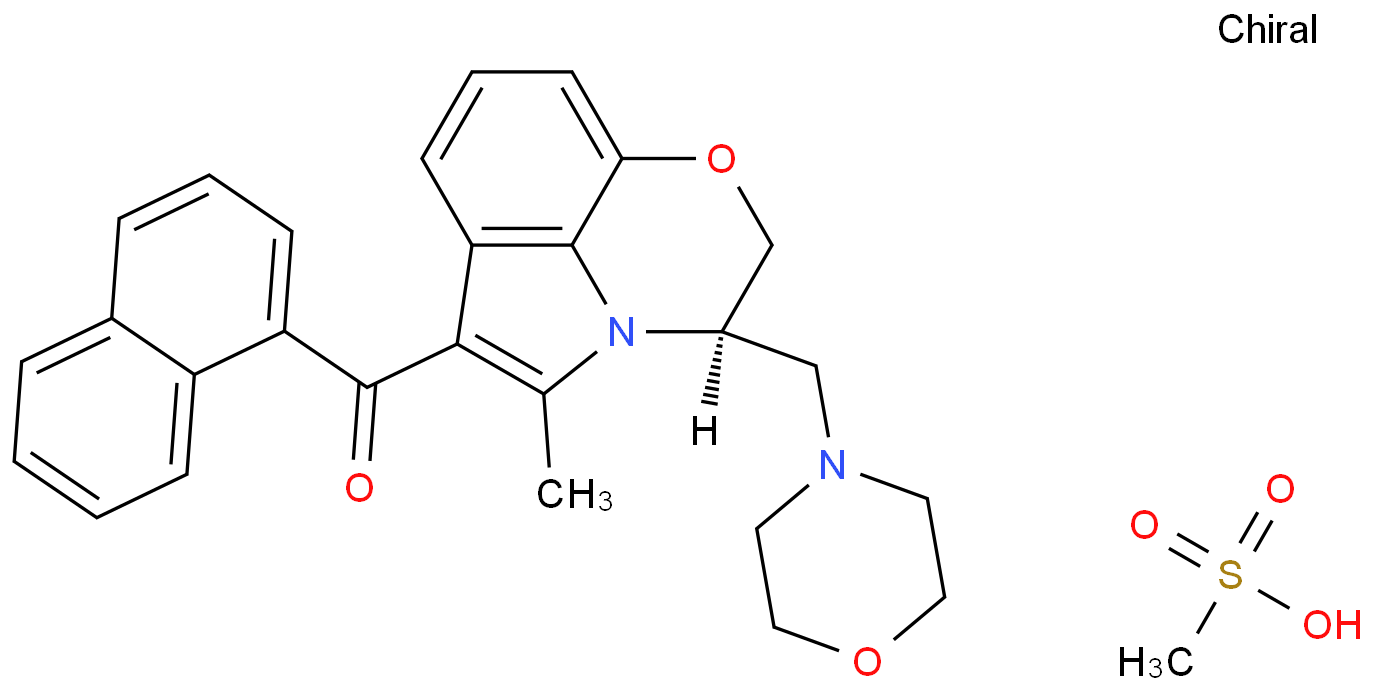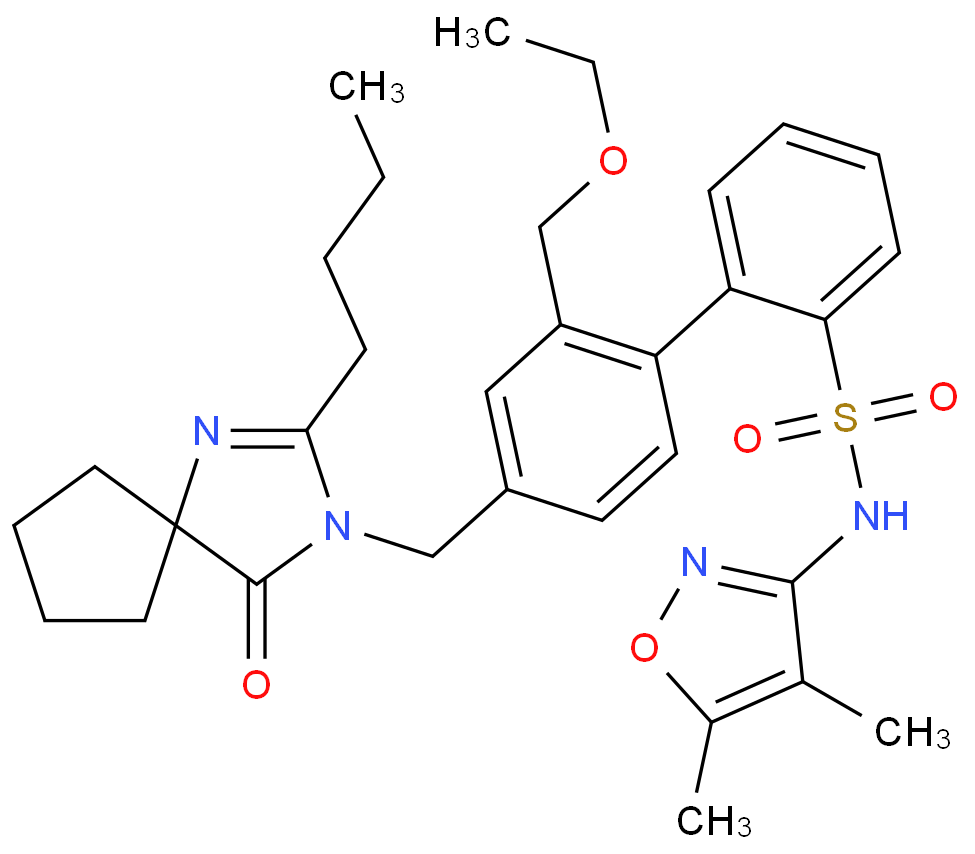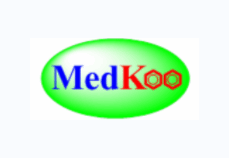
|
Lipofectamine™ 干转染试剂
- 品牌:Thermo Fisher
- 产地:美国
- 货号:STEM00015
- 发布日期: 2022-09-20
- 更新日期: 2024-08-12
产品详请
| 产地 | 美国 |
| 品牌 | Thermo Fisher |
| 货号 | STEM00015 |
| 用途 | 细胞转染 |
| 包装规格 | 1.5 mL |
| 纯度 | 详询% |
| CAS编号 | |
| 是否进口 |
Lipofectamine Stem Transfection Reagent is optimized to achieve maximum efficiency with minimal early differentiation in a wide range of stem cells. It can co-deliver DNA, RNA, and Cas9 ribonucleoprotein (RNP) complexes. Lipofectamine Stem reagent is compatible with a variety of media systems, including feeder-free, helping support and simplify your stem cell culture workflow. Researchers can achieve up to 80% or better transfection efficiency in pluripotent stem cells (PSCs) and neural stem cells (NSCs), and up to 45% in mesenchymal stem cells (MSCs).
Transfecting stem cells without inhibiting cell viability and cell growth can be challenging due to the sensitivity of these cells. Lipofectamine Stem is a low toxicity reagent, requiring low amounts of nucleic acid, allowing your stem cells to stay healthy and continue proliferating without inducing differentiation. Lipofectamine Stem reagent is:
Superior in performance—up to 3-fold higher efficiency across iPSCs, hESCs, NSCs, and MSCs compared to other reagents.
Versatile—one reagent for DNA, RNA, Cas9 protein, and co-transfection.
Gentle on cells—maintains cell proliferation without inducing differentiation.
Flexible—transfects cells in adherence or suspension—an alternative to electroporation.
Achieve high efficiency gene editing in stem cells:
Gene editing applications typically require the ability to co-deliver DNA, RNA, and/or protein into cells. Lipofectamine Stem Transfection Reagent is designed to co-deliver CRISPR/Cas9 complexes into human stem cells for high efficiency gene editing. This one reagent can be used to transfect large DNA plasmids such as all-in-one CRISPR/Cas9 vectors and co-deliver a range of RNAs, such as large Cas9 mRNA with tracr/crRNA complexes or single guide (sg) RNA, and protein such as Cas9 protein combined with tracr/crRNA or sgRNA.
A low-toxicity alternative to electroporation:
Transfecting stem cells via electroporation methods can be challenging and cumbersome. Electroporation protocols recommend single cell suspension culture to ensure maximum efficiency and minimal toxicity. Using the reverse transfection protocol, the Lipofectamine Stem Transfection Reagent proves to be an effective and less toxic alternative to electroporation for stem cells. It requires low amounts of nucleic acid to achieve maximum transfection efficiency, on par with electroporation, while supporting continued proliferation without inducing differentiation.
Transfecting stem cells without inhibiting cell viability and cell growth can be challenging due to the sensitivity of these cells. Lipofectamine Stem is a low toxicity reagent, requiring low amounts of nucleic acid, allowing your stem cells to stay healthy and continue proliferating without inducing differentiation. Lipofectamine Stem reagent is:
Superior in performance—up to 3-fold higher efficiency across iPSCs, hESCs, NSCs, and MSCs compared to other reagents.
Versatile—one reagent for DNA, RNA, Cas9 protein, and co-transfection.
Gentle on cells—maintains cell proliferation without inducing differentiation.
Flexible—transfects cells in adherence or suspension—an alternative to electroporation.
Achieve high efficiency gene editing in stem cells:
Gene editing applications typically require the ability to co-deliver DNA, RNA, and/or protein into cells. Lipofectamine Stem Transfection Reagent is designed to co-deliver CRISPR/Cas9 complexes into human stem cells for high efficiency gene editing. This one reagent can be used to transfect large DNA plasmids such as all-in-one CRISPR/Cas9 vectors and co-deliver a range of RNAs, such as large Cas9 mRNA with tracr/crRNA complexes or single guide (sg) RNA, and protein such as Cas9 protein combined with tracr/crRNA or sgRNA.
A low-toxicity alternative to electroporation:
Transfecting stem cells via electroporation methods can be challenging and cumbersome. Electroporation protocols recommend single cell suspension culture to ensure maximum efficiency and minimal toxicity. Using the reverse transfection protocol, the Lipofectamine Stem Transfection Reagent proves to be an effective and less toxic alternative to electroporation for stem cells. It requires low amounts of nucleic acid to achieve maximum transfection efficiency, on par with electroporation, while supporting continued proliferation without inducing differentiation.




